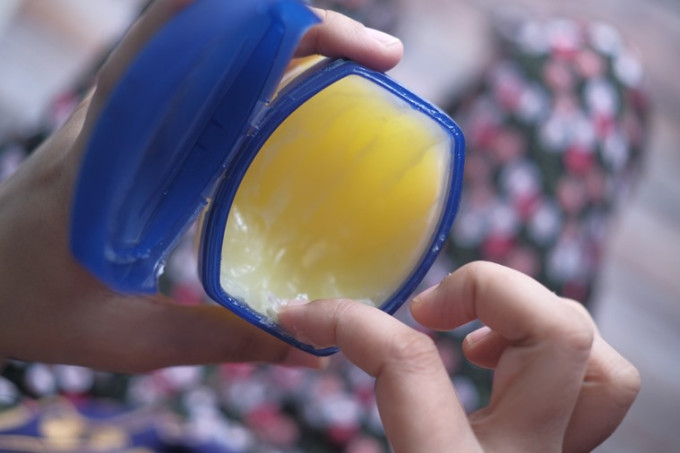What happens if you apply petroleum jelly to your entire face?
Petroleum jelly, a household staple for generations, often finds its way onto our faces in the quest for dewy, hydrated skin. But is this a magic bullet for a healthy complexion, or are there potential drawbacks to consider?
Dr Rinky Kapoor, consultant dermatologist, cosmetic dermatologist and dermato-surgeon, The Esthetic Clinics, sheds light on the benefits and limitations of using petroleum jelly on the face.

What makes petroleum jelly good and bad?
One of petroleum jelly’s strengths is its occlusive nature. It forms a protective barrier on the skin’s surface, preventing water loss and safeguarding against harsh environmental elements like dry air or cold weather. This translates to increased skin hydration, especially beneficial for those with dry or dehydrated skin.
However, this very characteristic can be problematic for certain skin types. Dr Kapoor explained, “Petroleum jelly is a heavy product that can clog pores, potentially leading to breakouts for people with oily or acne-prone skin.” Additionally, petroleum jelly primarily functions as a moisturiser by preventing water loss, not by actively adding hydrating ingredients.
 Finding your face’s perfect match (file)
Finding your face’s perfect match (file)
Should you apply it overnight?
While many swear by the overnight application of petroleum jelly for ultimate hydration, Dr Kapoor advised caution. “Leaving it on overnight can be beneficial,” she said, “but using a very small amount is key.” Excessive application increases the risk of clogged pores, undoing the desired hydrating effect.
If you choose the overnight route, Dr Kapoor recommended focusing on areas prone to dryness, such as the cheeks, and avoiding the T-zone (forehead, nose, and chin) where oil production is typically higher.
Finding your face’s perfect match
The key to incorporating petroleum jelly into your routine lies in moderation and understanding your skin type. Dr Kapoor suggested starting with a small amount on clean, dry skin, either at night or before makeup application. Patch testing is crucial to ensure no allergic reactions occur.
Remember, petroleum jelly doesn’t address specific concerns like aging or hyperpigmentation. Consider incorporating targeted products with active ingredients alongside petroleum jelly if you have these needs.
Ultimately, the suitability of petroleum jelly for your face depends on your unique skin type. Dr Kapoor emphasised, “Individual skin types vary greatly. Consulting a dermatologist for personalized advice is always recommended.” They can assess your skin’s needs and recommend a tailored skincare routine, including whether or not petroleum jelly can play a role in your journey to healthy, radiant skin.
Disclaimer: The copyright of this article belongs to the original author. Reposting this article is solely for the purpose of information dissemination and does not constitute any investment advice. If there is any infringement, please contact us immediately. We will make corrections or deletions as necessary. Thank you.





